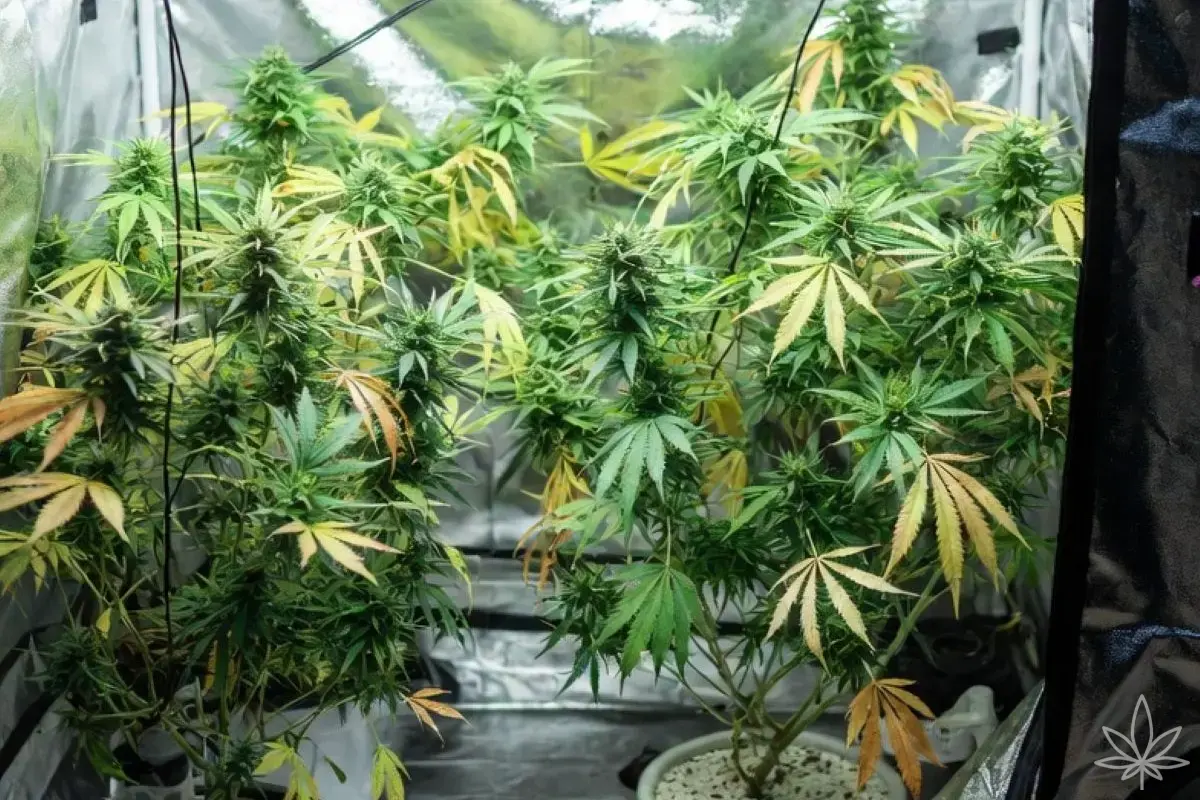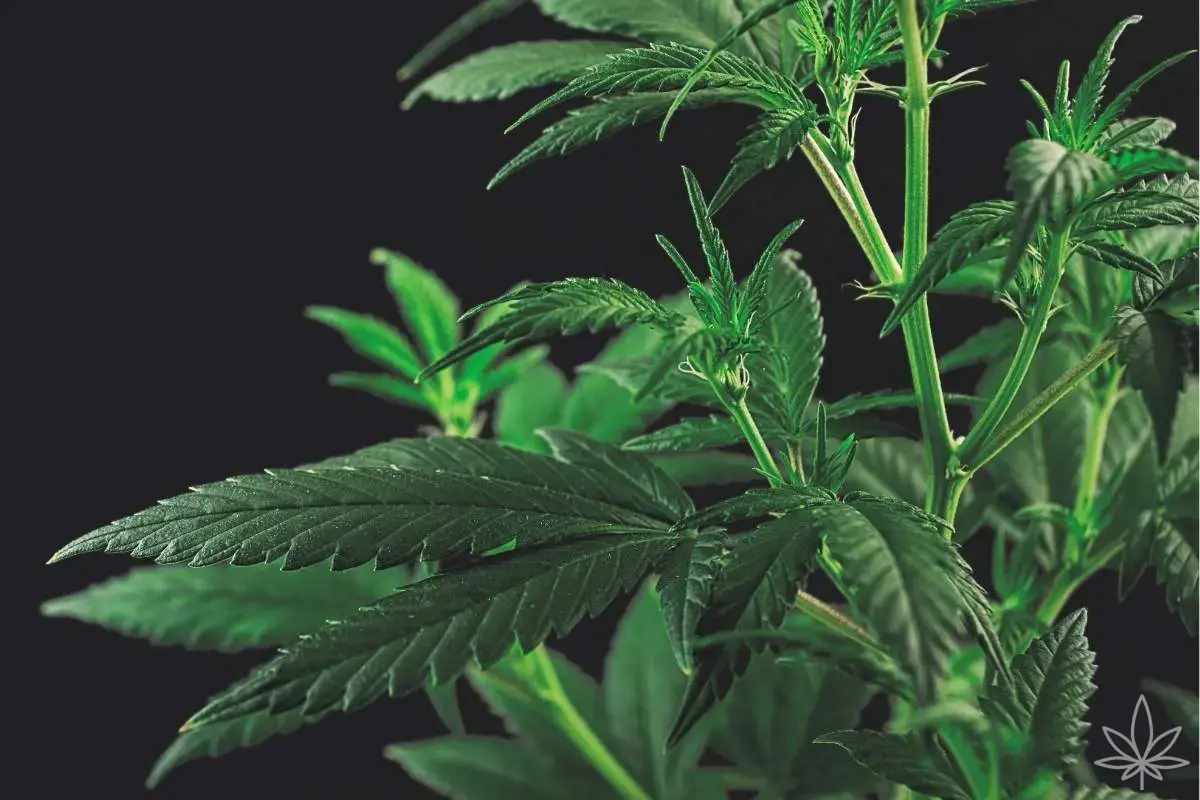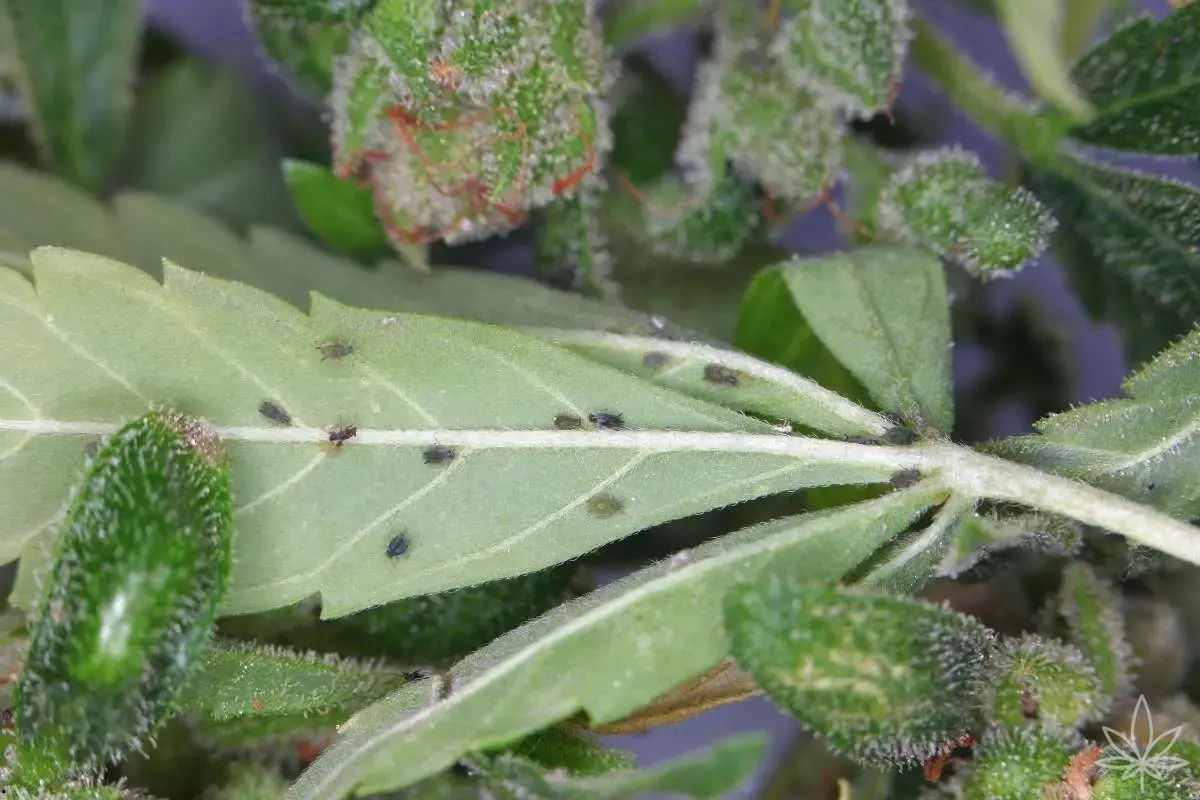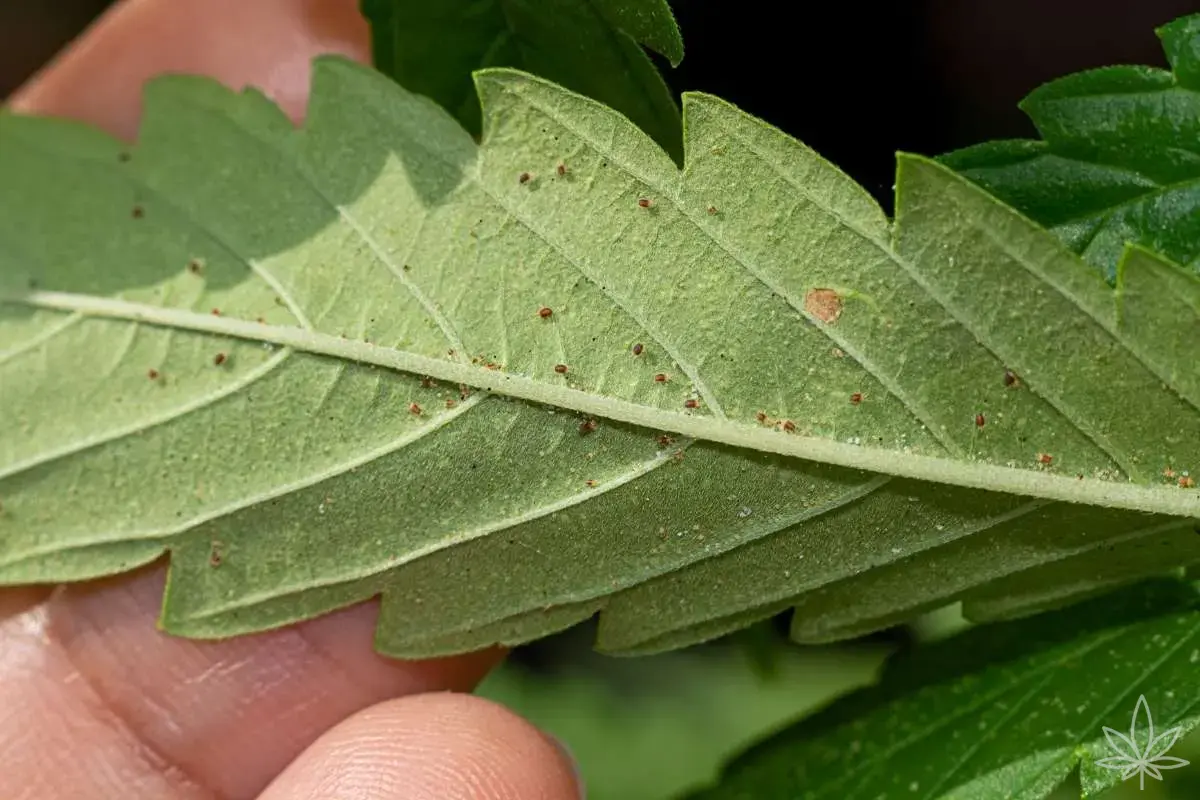In the world of cannabis cultivation, there’s a temptation that many beginners can’t resist. Looking at our plants, we want them to grow faster, bigger, stronger, dripping with resin. It feels logical that the more nutrients we give them, the quicker we’ll get there. Unfortunately, nature plays by different rules, and excess — even of water or light — can cause harm. When it comes to fertilizers, too much is especially dangerous and leads to what growers call nutrient burn.
What Nutrient Burn Is
Nutrient burn is damage to plant tissues caused by an excessively high concentration of mineral salts in the growing medium or nutrient solution. Instead of absorbing water, the roots begin to lose it due to osmotic pressure differences, and the cells start to dehydrate. It’s like putting a plant out in the blazing sun and taking away its ability to drink.
Early Symptoms – A Warning Easy to Overlook
Nutrient burn usually starts with slight discoloration at the tips of the leaves — they turn brown or copper, sometimes curling upwards. In more advanced cases, the browning moves inward along the leaf, which becomes brittle and eventually dies. The real danger is that many growers mistake these signs for potassium or magnesium deficiencies, leading them to… add even more fertilizer, which worsens the problem.
How Overfeeding Happens
The causes are varied, but they often overlap:
- Applying high-NPK fertilizers too frequently without “clean water” breaks.
- Using the manufacturer’s full recommended dose from the start (it’s often better to begin at 50%).
- Not monitoring EC (electrical conductivity) of the nutrient solution.
- Growing in too small a medium volume for the feeding schedule.
What to Do if the Plant Is Already Suffering
The key is to act quickly:
- Flush the medium – in soil grows, run large amounts of low-EC (preferably filtered) water through the soil to wash away excess salts.
- Adjust feeding – after flushing, wait a few days and observe the plant before resuming fertilization.
- Check your parameters – in hydroponics, replace the solution immediately with a fresh, lower-strength mix.
- Be patient – damaged leaves won’t recover, but new growth should come in healthy.
How to Prevent Nutrient Burn
Prevention is far easier than treatment:
- Start with smaller doses – most nutrient schedules are written for maximum growth, not for safe starting points.
- Alternate feed and water – a “water–feed–water” cycle helps flush out excess salts from the medium.
- Monitor EC and pH – these two metrics are your compass for determining real plant needs.
- Watch the plants, not just the chart – different strains can react very differently to the same dose.
Why Overfeeding Is Also Psychological
Many growers fall into the “if it’s growing well, more will make it grow better” trap. But nature doesn’t work that way. At some point, the plant reaches a saturation point — extra nutrients no longer speed growth; they slow it down and can even damage the root system.
Final Thoughts
Nutrient burn is a humbling lesson for every grower. It teaches that too much care can be as harmful as neglect. The key is balance — understanding your plant’s needs, observing patiently, and adjusting feeding based on actual demand rather than our own expectations.







